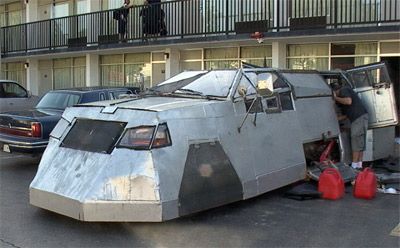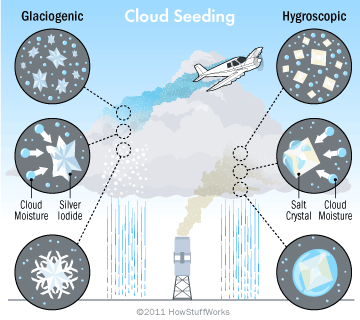At an isolated weather station in the central United States, a technician emerges from a small brick shed grasping a weather balloon. It's not just any birthday party balloon, mind you, but a massive, white sphere more than 5 feet (1.5 meters) in diameter. Filled with more than 300 cubic feet (8.5 cubic meters) of helium gas, the enormous balloon tugs against the scientist's hand with a force of about four pounds.
In the other hand, the scientist grasps a radiosonde, a lightweight cardboard box filled with scientific instruments that's tied to the bottom of the balloon. Striding out into an empty clearing, he gently releases the balloon and radiosonde.
Advertisement
As the balloon hurtles away from the Earth, the radiosonde is already hard at work, beaming atmospheric information back to data centers.
After an hour, the balloon has ascended to almost 100,000 feet (30,480 meters). This is the stratosphere, the second-to-last atmospheric layer before outer space. Below, the Earth's features are obscured by a thick layer of cloud. Above, the blue sky has faded to dark black. It's a beautiful sight, one only seen by a handful of astronauts and test pilots.
For the balloon, these breathtaking views will be its last moments. As the weather balloon climbs higher, it expands. It may have started out modestly, but now, at almost 18 miles (29 kilometers) high, the balloon has swelled to the size of a moving truck.
Stretched to its limit, the thin synthetic rubber of the balloon bursts and sends the tiny radiosonde plummeting back toward Earth. Within seconds, the wind catches a small, orange parachute and slows the device's descent. Hours later -- and hundreds of miles from where it first lifted off -- the weather balloon touches the ground.
Each day, hundreds of these balloons around the world undertake this dramatic, near-space voyage. More than 70 years after scientists sent up the first experimental weather balloon, they remain the workhorses of modern meteorological forecasts. Whether it's a tornado warning or the weather report on the 6 o'clock news, weather balloons are what keep people on the ground tuned in to the meteorological workings of the upper atmosphere.
What kind of information does a weather balloon collect, and how does it accomplish this feat? Read on to find out.
Advertisement



